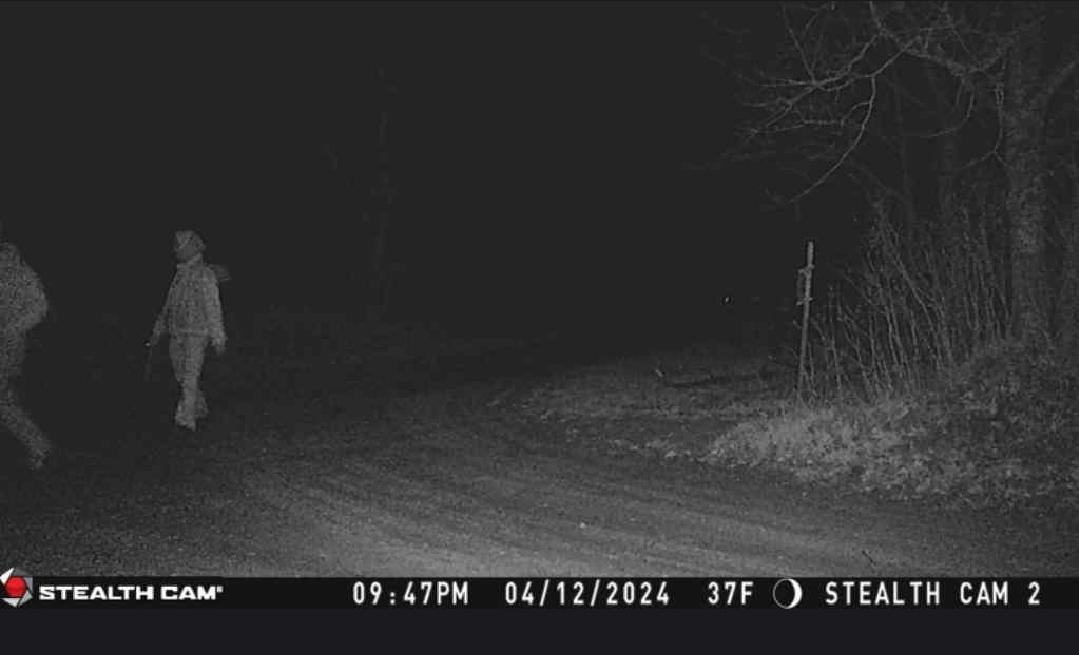


In light of this very challenging time and with students out of the classroom, the Doppler 9&10 Weather Team wants to help bring weather lessons to you at home! Every weekday Doppler 9&10 Meteorologist Haleigh Vaughn will highlight one weather topic. You can follow along at home with our Weather Worksheets! The answers will be provided within the related article.
If you are looking for another hands-on weather lesson, search for “Science with Samantha” on the 9&10 News website. You can also click on “The Four” link on the 9&10 News page.
Today’s lesson is … meteorological instruments! When the Doppler 9&10 Weather team makes a forecast, we use plenty of instruments to better understand the atmosphere. There are so many variables that can change in the atmosphere, and each one of them can affect the weather. I like to relate weather to baking. Just like you need the right amount of sugar and flour for a cake, you need the right amount of moisture and heat for a storm!
The instruments we will cover today are thermometers, barometers, hygrometers, anemometers, wind vanes, rain gauges, weather balloons, satellites, and radars!
We all know the basic thermometer. It measures the air temperature! Meteorologists typically measure temperature in Celsius or Fahrenheit. How does the temperature play a role in the forecast? Well, depending on the temperature, we know what kind of precipitation we will have. If it is a warm day or above 32 degrees Fahrenheit, then we’ll most likely see rain. If it is a cool day or below 32 degrees Fahrenheit, we’ll most likely see snow.
A barometer comes into play when meteorologists measure the atmospheric pressure. When there is high pressure in the atmosphere, that means we’ll see less clouds and more sun! When there is low pressure, it means a storm is brewing or we could see some precipitation and clouds.
When you want to measure the humidity in the air, you’ll need to use a hygrometer. It measures the water vapor in the atmosphere. The more water vapor and humidity in the atmosphere, the better chance we will see some rain or thunderstorms.
Photo credit: Weather Wiz Kids
Anemometer
Have you ever wanted to measure the wind speed? The anemometer could help you do just that! The anemometer is very important. When a storm moves through your area, we want to know how strong the winds are. If the winds are very strong, it could create power outages and property damage. Strong winds can also create very high wave heights on the Great Lakes. That might equate to flooding along the lakeshore, or bad swimming conditions!
Hand-in-hand with the anemometer is the wind vane. The wind vane measures the direction of the wind! If the wind is coming from the south, this typically means there are warmer temperatures in the forecast. If the wind is coming from the north, that usually means colder air is moving in!
Rain gauges are used to measure how much precipitation has fallen! Rain gauges help us determine if we need to water our crops or gardens. They also help signal whether we are in a drought or flood.
Not only do meteorologists need to know what is happening on the surface and ground, but we also need to know what is happening higher in the atmosphere. This is where a weather balloon comes into play. Weather balloons are launched daily into the atmosphere to measure the conditions high up. We need to know the air temperature, wind speed, and humidity all through out the atmosphere.
Last, but not least, our satellites and radars. A satellite is up in space, and it takes a picture down on earth. The satellite shows us the clouds, and it can also be used for other atmospheric variables. The radar, on the other hand, is down on the ground. There are a few radars located in Michigan. One in Grand Rapids, Gaylord, Detroit, and Marquette. These radars scan the atmosphere for precipitation. They send out radio wave signals, and the radio waves indicate how far away the precipitation is and how heavy it is.
To follow along at home, you can fill out this Write your name and hometown, fill out the answers, and submit your work! You can email your worksheet to weather@9and10news.com. Your worksheet might just be shared on our social media!



© 2023 - 910 Media Group

